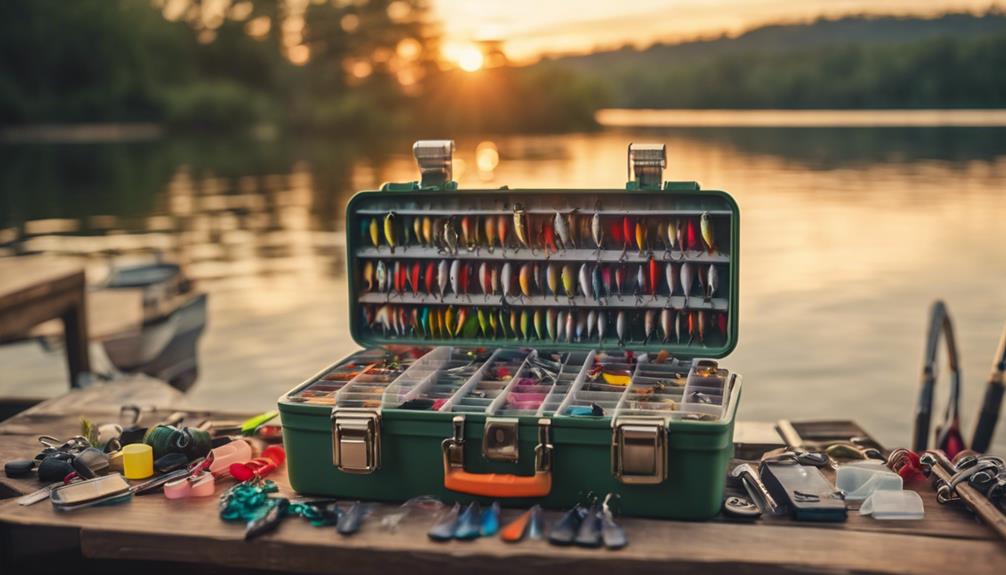Fly fishing is not just a sport; it’s an art form that requires skill, patience, and a deep understanding of nature. If you’re looking to learn how to cast a fly fishing rod, you’ve come to the right place. In this blog post, we’ll walk you through the essential techniques, tips, and tricks to help you master the art of fly casting. Whether you’re a complete novice or someone looking to refine your skills, this guide will provide valuable insights to enhance your fly fishing experience.
Understanding the Basics of Fly Fishing Rods
Before diving into how to cast a fly fishing rod, it’s crucial to understand the different components of your equipment. A fly fishing rod is typically longer and more flexible than a standard fishing rod. It is designed to cast lightweight flies, which mimic the insects that fish naturally feed on. When selecting a fly rod, consider factors like length, weight, and action. A rod that is 8 to 9 feet long is ideal for beginners, as it offers a balance between control and casting distance. Understanding these fundamentals will set the stage for successful casting techniques.
Essential Fly Fishing Gear for Beginners
To effectively learn how to cast a fly fishing rod, you need to equip yourself with the right gear. A basic fly fishing outfit includes a fly rod, reel, backing line, fly line, and leader line. Additionally, you’ll need a selection of flies, which are typically made from feathers and other materials designed to attract fish. Don’t forget about safety gear, such as waders and a fishing vest to hold your tackle. Investing in quality gear will not only improve your casting experience but also increase your chances of catching fish.
The Proper Grip: Holding Your Fly Fishing Rod
One of the first steps in learning how to cast a fly fishing rod is mastering the grip. Your grip should be firm yet relaxed. Hold the rod with your dominant hand, placing your thumb on top of the handle and your fingers curled underneath. This grip provides the control and sensitivity needed to feel the line and detect bites. Proper alignment is also crucial; your wrist should remain straight, and your elbow should be close to your body. Practicing this grip will ensure that you have a solid foundation for executing various casting techniques.
Learning the Basic Cast: The Overhead Cast
The overhead cast is the most fundamental technique when learning how to cast a fly fishing rod. To begin, stand with your feet shoulder-width apart and your knees slightly bent. Position the rod behind you at about a 90-degree angle and then swiftly bring it forward, stopping when the rod tip is pointing toward your target. The key is to maintain a smooth motion, using your wrist and forearm to generate speed. As the rod moves forward, allow the line to unfurl behind you. Practice this motion repeatedly to develop muscle memory and improve your accuracy.
Perfecting the Timing of Your Cast
Timing is crucial when learning how to cast a fly fishing rod effectively. A common mistake beginners make is rushing their casts, which can lead to tangles and poor presentation of the fly. The best approach is to use a slow and deliberate motion. As you bring the rod forward, pause briefly at the top of your cast to allow the line to straighten out behind you. This pause is essential for achieving greater distance and accuracy. Regular practice will help you develop a natural rhythm, making your casts more fluid and effective.
Understanding Roll Casting for Difficult Situations
While the overhead cast is essential, knowing how to roll cast can be a game-changer when you’re in tight spots or facing obstacles. Roll casting allows you to present your fly effectively without needing much backcasting space. To perform a roll cast, start with the rod tip close to the water’s surface and the line lying on the water. Make a smooth, upward motion to lift the line from the water, then push the rod forward in a quick snap. This technique is particularly useful in rivers with overhanging trees or when fishing from a boat. Practicing roll casts will expand your versatility as a fly fisherman.
Casting in Different Environments: Adaptability Is Key
As you learn how to cast a fly fishing rod, remember that different environments will require different techniques. Casting on a calm lake differs significantly from casting in a fast-flowing river. Wind conditions, water currents, and the type of fish you’re targeting all play a role in how you should cast. For instance, when casting in the wind, aim your cast slightly downwind to allow the line to straighten out before hitting the water. Adapting your casting technique to your environment will improve your success rate and make your fishing experience more enjoyable.
Practicing Regularly: Building Your Skills Over Time
Finally, the most crucial aspect of mastering how to cast a fly fishing rod is consistent practice. Set aside time each week to refine your casting skills. You can practice on a local pond, riverbank, or even your backyard. The more you cast, the better you’ll become at gauging distance, controlling your line, and presenting your fly naturally. Consider joining a local fly-fishing club or taking lessons from experienced anglers. Community support and shared experiences can significantly enhance your learning curve and make the process more enjoyable.
Conclusion: Your Journey into Fly Fishing Awaits
Learning how to cast a fly fishing rod is a rewarding experience that opens the door to numerous outdoor adventures. By understanding the fundamentals of fly fishing gear, mastering the basic casting techniques, and adapting to different environments, you can enhance your skills and increase your chances of success on the water. Remember that patience and practice are key components of becoming a proficient fly fisher. So grab your gear, head to your favorite fishing spot, and enjoy the journey into the captivating world of fly fishing!
